Bot traffic is a term used to describe automated interactions on a website performed by software programs known as bots or spiders. These bots serve various purposes, both legitimate and malicious. While some bots like Googlebot and Bingbot help index websites for search engine results, others can be harmful to your WordPress site.
To effectively combat bot traffic, it’s essential to understand the different types of bot traffic:

- Search Engine Bots: These automated agents, exemplified by Googlebot and Bingbot, are primarily responsible for crawling websites and indexing their content for search engine results. Search engine bots play a constructive role by ensuring that web pages are discoverable through search queries. They are generally benign and play a pivotal role in enhancing the visibility of websites on search engines.
- Good Bots: Good bots, in contrast to their malicious counterparts, serve constructive functions. They undertake tasks such as monitoring website uptime, inspecting for broken links, and delivering valuable analytics data. Services like Pingdom, Moz, and Google Analytics fall within this category. These bots contribute positively to the maintenance and optimization of websites.
- Bad Bots: The category of bad bots comprises software agents that harbor malicious intent, posing potential threats to your website. They are capable of actions such as content scraping, exploiting vulnerabilities in your web infrastructure, executing Distributed Denial of Service (DDoS) attacks, or engaging in spam-related activities. These malicious bots are a considerable concern for website security and performance.
- Scrapers: Scrapers, a subset of bad bots, are designed to extract content from your website. Their motives often involve stealing your valuable content for unauthorized use or spam-related purposes. The content scraped by these bots can negatively affect your site’s search engine rankings and credibility.
- Spammers: Bots can be programmed to function as spammers, inundating your website with unsolicited content. They might create spammy comments, engage in registration spam, or send spam emails through your website’s contact forms. Dealing with spammers is essential to maintain the integrity of your site and protect user experiences.
Issues That Affect WordPress Site:

Understanding the inherent characteristics of bot traffic is of paramount importance, as it can give rise to a spectrum of issues that can adversely affect your WordPress site:
- Increased Server Load: Bots have the propensity to exert undue stress on your server infrastructure by incessantly making an abundance of requests. This surge in traffic can lead to a significant slowdown in your website’s responsiveness, and in the worst-case scenario, result in server crashes. The ramifications of an overwhelmed server are substantial, impacting the accessibility and functionality of your site.
- Reduced Site Performance: A surge in bot traffic, beyond the capacity of your server to handle efficiently, often translates into protracted page loading times. This sluggish performance detracts from the user experience, causing frustration for genuine visitors who expect swift and seamless access to your content. A sluggish website can also have adverse consequences for your search engine rankings.
- Security Vulnerabilities: The world of bot traffic encompasses its darker facets, particularly through the presence of malicious bots. These nefarious agents may endeavor to exploit vulnerabilities within your website’s software, plugins, or themes. Successful exploitation of these weaknesses can result in unauthorized access to sensitive data, data breaches, or the introduction of security vulnerabilities that can compromise your site’s integrity.
- Content Theft: Scraping bots are known culprits in the unauthorized expropriation of your valuable content. They clandestinely harvest and republish your intellectual property on other websites, diluting your SEO efforts and tarnishing the credibility and uniqueness of your content. Content theft can have detrimental effects on your site’s reputation and search engine visibility.
- Spam and Fake Traffic: Bots skilled in the art of spam can inundate your site with an overwhelming volume of fake comments, registrations, or contact form submissions. This deluge of fraudulent activity poses a substantial challenge to maintaining the integrity of your site’s interactions and content. It necessitates diligent efforts to sift through and eradicate spurious contributions, consuming valuable time and resources.
How to Spot Unusual Traffic Patterns:
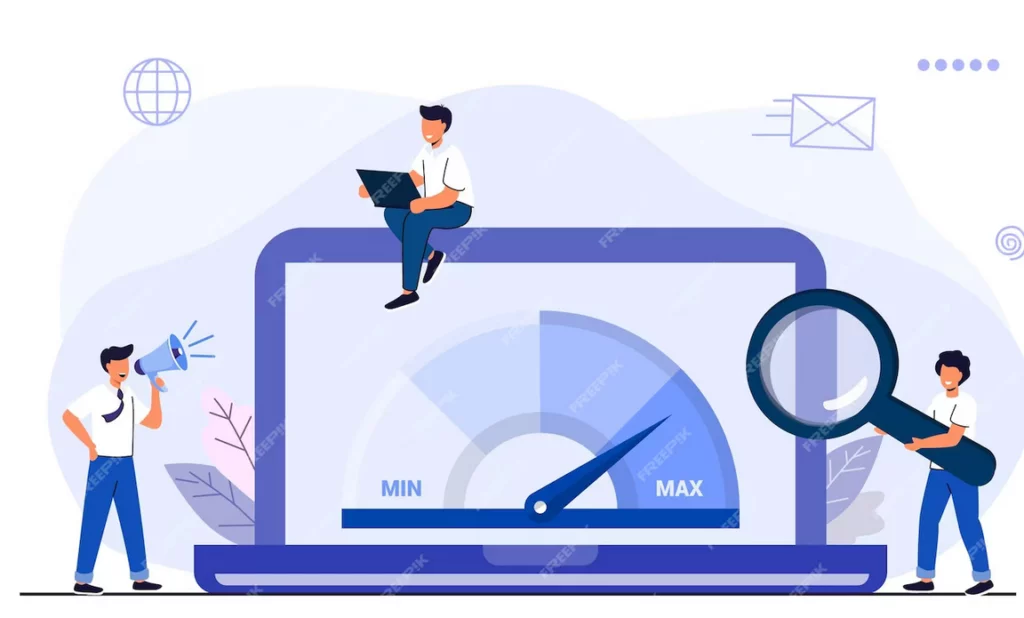
Identifying bot traffic often involves analyzing your website’s traffic patterns. Keep an eye out for any unusual spikes in traffic that are not linked to specific events or promotions. Bots can generate high volumes of traffic within a short time, leading to unusual traffic patterns on your site. To spot bot traffic, consider these indicators:
- Sudden and significant increases in page views or unique visitors: Bot-driven traffic often results in dramatic spikes.
- Unusually high bounce rates or short session durations: Bots may not engage with your content in the same way as human visitors, leading to high bounce rates.
- Traffic originating from suspicious or unfamiliar sources: Some bot traffic may come from unknown or suspect sources.
- Unusual patterns of user behavior: Bots may navigate your site in ways that differ from typical human behavior, like quickly moving through multiple pages.
- Unusual activity in server logs: Frequent and repetitive requests for the same page or resource may be indicative of bot activity.
Regularly monitoring your site’s analytics and traffic patterns allows you to detect irregularities that may signal bot traffic.
Using Plugins to Detect Bot Traffic:
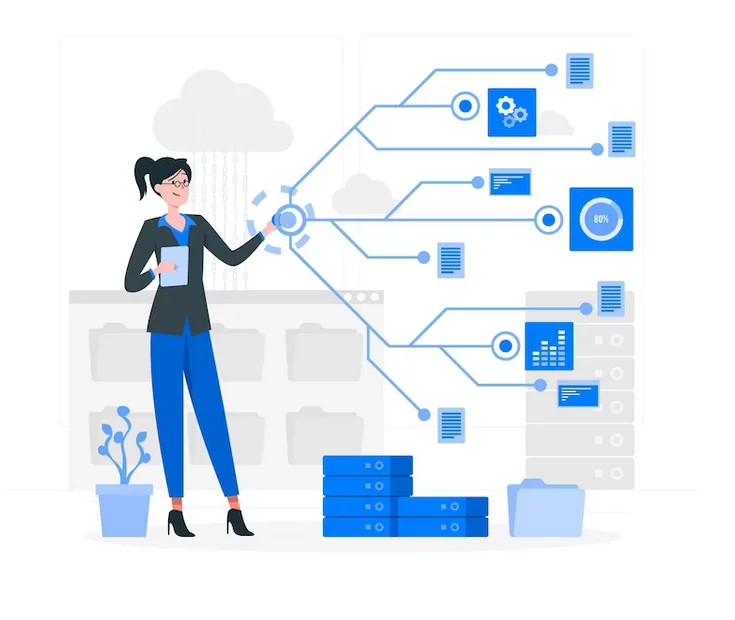
WordPress offers a variety of plugins designed to help you detect and analyze bot traffic. These plugins provide in-depth reports and insights into your site’s traffic sources, user behavior, and suspicious activities. Some popular WordPress plugins for bot traffic detection include:
- Wordfence Security: Wordfence Security is a comprehensive security plugin that equips you with a powerful toolset for defending your site. Among its features, Wordfence offers a real-time “Live Traffic” feature. This feature provides instantaneous visibility into your site’s traffic, enabling you to discern and subsequently block any suspicious bot activities.
- Sucuri Security: Sucuri Security boasts a suite of security functionalities, including a “Site Audit” feature. This feature aids in the identification of bot traffic and other security concerns affecting your WordPress site. Sucuri is renowned for its robust security measures and comprehensive site protection.
- Google Analytics: While not exclusively designed for bot traffic detection, Google Analytics provides invaluable insights into your website’s traffic patterns. By monitoring for unusual spikes or patterns that may hint at bot activity, you can make informed decisions on mitigating the impact of bot traffic.
Preventive Measures Against Bot Traffic:
Preventing bot traffic from infiltrating your WordPress site is essential to maintain its performance, security, and user experience. Let’s discuss several preventive measures that you can implement to safeguard your site:
1. Regularly Updating WordPress and Plugins
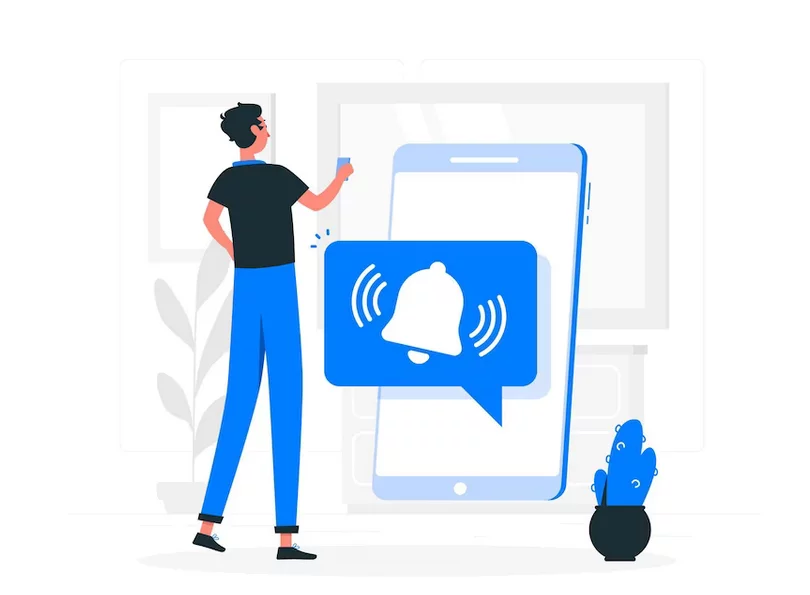
Frequent updates of your WordPress core and installed plugins are essential in preventing bot traffic. Developers release updates to address security vulnerabilities and enhance overall performance. By ensuring your WordPress installation and plugins are up to date, you protect your site from known vulnerabilities that bots could exploit.
Make it a routine to check for updates in your WordPress dashboard and promptly install them. Consider enabling automatic updates for critical security patches to keep your site protected.
2. Implementing CAPTCHA and User Verification Techniques
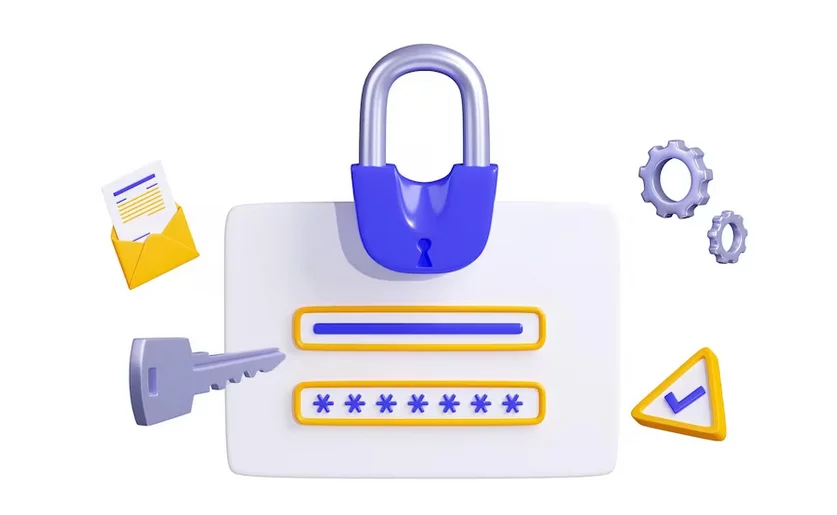
An effective way to deter bot traffic from accessing your site is by implementing CAPTCHA (Completely Automated Public Turing test to tell Computers and Humans Apart) and user verification techniques. CAPTCHA requires users to complete challenges that are easy for humans but challenging for bots, like identifying distorted characters or solving puzzles.
Consider integrating CAPTCHA on critical areas of your site such as login pages, registration forms, and comment sections. Numerous WordPress plugins are available that can easily incorporate CAPTCHA, such as Google reCAPTCHA.
In addition to CAPTCHA, you can implement user verification techniques like email confirmation for new registrations or two-factor authentication for added security. These measures ensure that only genuine users can access your site while discouraging bots.
3. Using Firewalls and Security Plugins

Firewalls play a crucial role in blocking malicious bot traffic before it reaches your WordPress site. A firewall acts as a barrier between your site and the internet, analyzing incoming traffic and blocking suspicious requests. Consider implementing a web application firewall (WAF) to add an extra layer of protection.
Several security plugins, including Sucuri Security and Wordfence, offer firewall functionality along with other security features. These plugins can help detect and block malicious bot traffic by analyzing request patterns and applying predefined security rules.
When choosing a security plugin or firewall, make sure it is regularly updated and well-maintained to provide optimal protection against evolving bot threats.
By regularly updating your WordPress software and plugins, implementing CAPTCHA and user verification techniques, and utilizing firewalls and security plugins, you can significantly reduce the risk of bot traffic infiltrating your site. In the next section, we will discuss how to block bot traffic in WordPress using methods such as .htaccess configuration, WordPress plugins, and IP address blocking.
How to Block Bot Traffic in WordPress
Blocking bot traffic in WordPress is an effective strategy to protect your site from unwanted visits and potential security risks. We’ll explore various methods to achieve this:
1. Using .htaccess to Block Bots

The .htaccess file is a configuration file that allows you to control your web server’s behavior. By adding specific rules to the .htaccess file, you can block bot traffic from accessing your site. Here’s how you can do it:
- Access your website’s files using an FTP client or the cPanel File Manager.
- Locate the .htaccess file in the root directory of your WordPress installation.
- Before making any changes, create a backup of the .htaccess file for safety.
- Open the .htaccess file using a text editor.
Add the following code to block specific bots or user agents:
RewriteEngine On RewriteCond %{HTTP_USER_AGENT} bot_user_agent [NC] RewriteRule ^.*$ - [F,L]
Replace bot_user_agent with the user agent string of the bot you want to block. You can find the user agent string in your website’s access logs or by performing a web search.
- Save the changes and upload the modified .htaccess file back to your server.
Note: Be cautious when editing the .htaccess file, as incorrect configurations can cause site errors. If you’re unsure, it’s advisable to seek assistance from a developer or your hosting provider.
2. Configuring WordPress Plugins to Block Bots
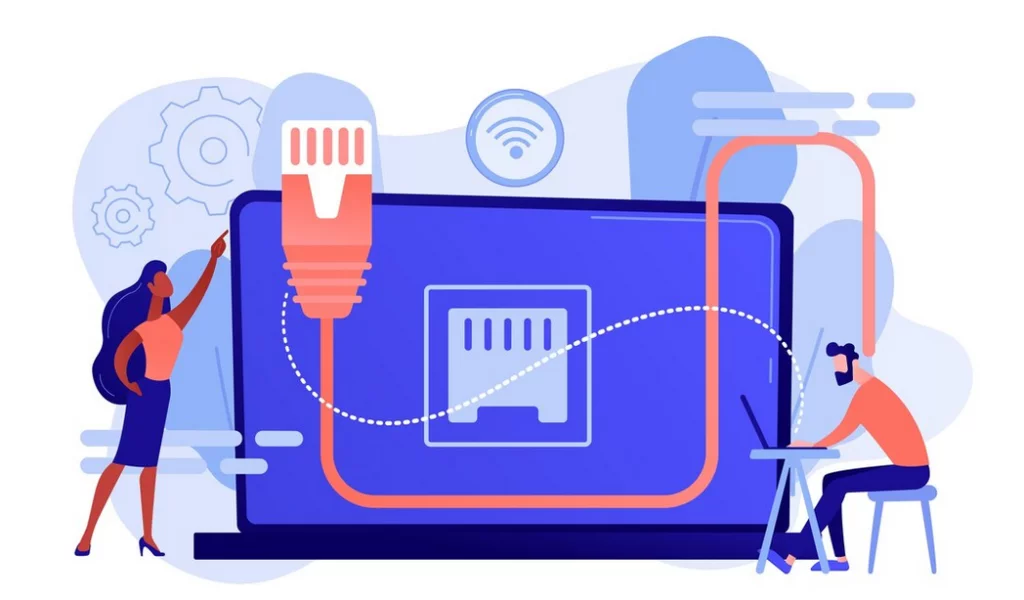
WordPress offers various plugins to help you block bot traffic with ease. These plugins often provide user-friendly interfaces and advanced features for managing and blocking bots. Here are a few popular plugins:
- Wordfence Security: Wordfence includes a feature called “Blocking” that allows you to block specific IP addresses, user agents, and entire countries. You can also utilize its firewall functionality to automatically block known malicious bots.
- Sucuri Security: Sucuri offers a range of security features, including the ability to block IP addresses, specific user agents, and suspicious requests. It also provides a blacklist feature to block traffic from known malicious sources.
- Bad Behavior: Bad Behavior is a lightweight plugin that analyzes incoming requests and blocks those that exhibit characteristics of spam bots. It works by analyzing HTTP headers and other data to determine if the request is from a legitimate user or a bot.
Install and configure these plugins according to their documentation to effectively block bot traffic on your WordPress site.
3. Reporting and Blocking IP Addresses
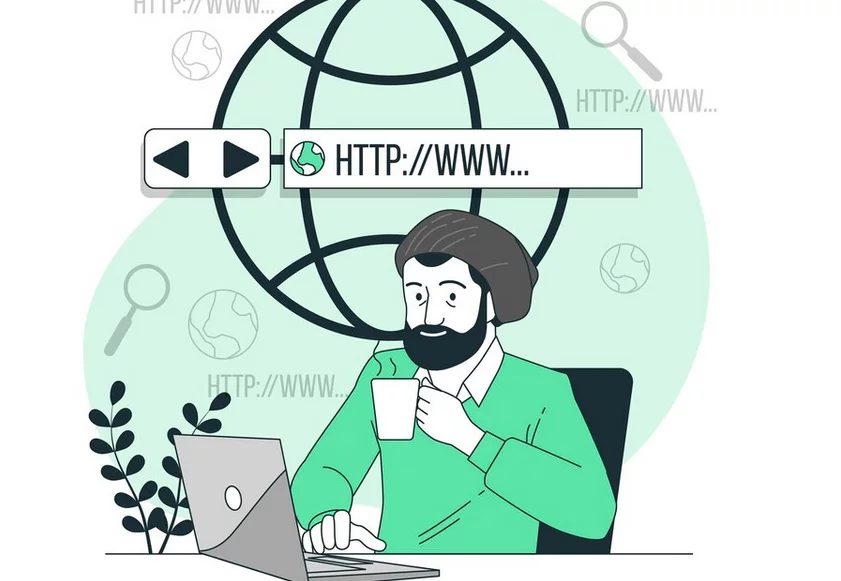
Another way to block bot traffic is by reporting and blocking specific IP addresses associated with malicious bots. If you notice suspicious or excessive traffic from a particular IP address, you can take the following steps:
- Identify the IP address by checking your website’s access logs or using a plugin like Wordfence or Sucuri Security.
- Report the IP address to the appropriate authorities or organizations responsible for handling abuse complaints. This can be done through the respective websites of the IP address owner or by contacting your hosting provider.
- Add the IP address to your site’s blacklist. This can be done using a security plugin or by adding rules to your server’s firewall.
By reporting and blocking IP addresses, you can effectively restrict bot traffic from accessing your WordPress site.
Maintaining a Bot-free WordPress Site:
Sustaining a bot-free WordPress site is an ongoing effort that involves vigilance and proactive measures. In this final section, we will explore essential steps to ensure your site remains free from bot traffic and address any incidents that may occur.
1. Regular Monitoring and Reporting

To keep your WordPress site free from bot traffic, it’s crucial to regularly monitor your website’s traffic, analytics, and security logs. Regular monitoring helps you identify any unusual patterns or suspicious activities that may indicate the presence of bot traffic.
Pay attention to the following aspects:
- Traffic patterns: Monitor your website’s traffic patterns for any sudden spikes or unusual behavior, such as high volumes of traffic from specific IP addresses or user agents.
- Analytics data: Analyze your site’s analytics data to identify any abnormal user behavior, high bounce rates, or unusual conversions that may indicate bot activity.
- Security logs: Check your site’s security logs or utilize security plugins to identify any unauthorized access attempts, brute force attacks, or suspicious activities.
If you notice any signs of bot traffic or suspicious behavior, report them to the appropriate authorities or organizations responsible for handling abuse complaints. This not only helps protect your own site but also contributes to collective action against bot networks, safeguarding other websites as well.
2. Reviewing and Updating Security Measures

Regularly reviewing and updating your security measures is essential to stay one step ahead of potential bot traffic incidents. Consider the following key steps:
- Update WordPress and plugins: Ensure that you are running the latest versions of WordPress and all installed plugins to benefit from security patches and bug fixes.
- Evaluate security plugins: Periodically review the effectiveness of your security plugins and consider switching to more robust options if needed. Stay updated with the latest features and functionalities offered by security plugins.
- Implement additional security measures: Explore additional security measures such as web application firewalls, intrusion detection systems, or content delivery networks (CDNs) to enhance your site’s security.
- Regular backups: Regularly back up your WordPress site to ensure that you have a clean copy to restore in case of any security incidents.
By regularly reviewing and updating your security measures, you can proactively protect your WordPress site from bot traffic.
3. Dealing with Bot Traffic Incidents

Despite taking preventive measures, there may be instances where bot traffic manages to infiltrate your site. In such cases, swift action is crucial to mitigate potential damage. Here’s what you can do:
- Identify the source: Use security plugins, server logs, or analytics data to identify the source of the bot traffic. Determine if it’s a specific user agent, IP address, or a bot network.
- Block the bot traffic: Utilize the blocking techniques discussed earlier, such as using the .htaccess file, configuring WordPress plugins, or blocking IP addresses, to block the bot traffic.
- Strengthen security measures: Analyze the incident and identify any vulnerabilities that may have been exploited. Take necessary steps to patch those vulnerabilities and reinforce your security measures.
- Monitor and report: Continuously monitor your site for any recurring or new incidents. Report the incidents to relevant authorities or organizations to assist in taking appropriate action against the bot networks.
4. Limit login attempts

Limiting login attempts is an essential security measure to protect your WordPress site from unauthorized access attempts. Bots and malicious users often employ a technique called “brute force attacks” in which they repeatedly try different username and password combinations until they gain access. To safeguard your site, you can implement the “Login LockDown” plugin, which is a valuable tool in your WordPre6ss security arsenal.

The “Login LockDown” plugin is designed to mitigate the risk of brute force attacks on your WordPress login page. It adds a layer of security by limiting the number of login attempts a user (or bot) can make within a specified time frame. When the configured limit of login attempts is reached, the plugin temporarily blocks further login attempts from the same IP address, making it significantly more challenging for malicious actors to compromise your site.
5. Implement 2-factor Authentication
Implementing Two-Factor Authentication (2FA) is a robust security measure to protect your WordPress site from unauthorized access. It adds an additional layer of security beyond just a username and password. Even if a bot or malicious user manages to obtain login credentials, they won’t be able to access the site without the second authentication factor. To implement 2FA in WordPress, you can use the “Two-Factor Authentication” plugin.
Two-Factor Authentication (2FA) in WordPress:
Two-Factor Authentication (2FA) is a security method that requires users to provide two different authentication factors to verify their identity. These factors typically fall into three categories:
- Something You Know: This is the traditional password, PIN, or passphrase that the user knows.
- Something You Have: This involves a physical device, often a smartphone, token, or smart card, which generates a one-time code or acts as a secondary key.
- Something You Are: This encompasses biometric data like fingerprints or retina scans, which are unique to the user.
The “Two-Factor Authentication” Plugin:
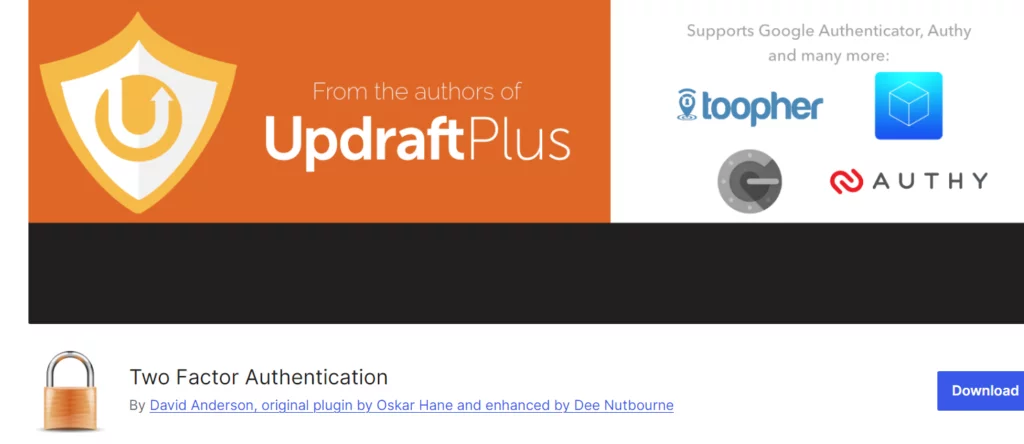
To enable 2FA in WordPress, you can use the “Two-Factor Authentication” plugin. This plugin enhances your site’s security by requiring users to provide that second authentication factor before they can log in. It provides several authentication options, including:
- Time-based One-Time Passwords (TOTP): Users generate one-time codes using apps like Google Authenticator or Authy.
- Email Codes: Users receive a one-time code via email.
- FIDO Universal 2nd Factor (U2F): Users employ physical U2F devices like YubiKeys.
- Duo Security: Users receive push notifications on their mobile devices and can approve or deny login attempts.
6. Adding a Robots.txt File in WordPress:
A Robots.txt file is a powerful tool to guide legitimate search engine bots and web crawlers about what parts of your website they can access and what they should avoid. It is a plain text file that instructs web robots (also known as “bots” or “crawlers”) on how to interact with your website’s content. By using a Robots.txt file, you can optimize your site’s crawlability, safeguard sensitive information, and improve SEO. To add a Robots.txt file to your WordPress website, you can follow these steps and use the “Virtual Robots.txt” plugin:
Plugin: Virtual Robots.txt:

- Virtual Robots.txt: This WordPress plugin allows you to generate, edit, and manage your Robots.txt file directly from your admin dashboard. It simplifies the task for users who may not be comfortable accessing their site’s root directory and manually creating the file.
Conclusion:
Understanding and effectively managing bot traffic is crucial for maintaining optimal website performance and ensuring reliable analytics. By implementing proactive measures to detect and mitigate bot activity, website owners can mitigate the negative impacts of bot traffic on server resources, bandwidth consumption, and user experience. Optimizing for genuine human visitors while safeguarding against malicious bots enhances overall site security, improves load times, and supports accurate data analysis. Continual vigilance and adaptation to evolving bot tactics are essential to maintaining a resilient and high-performing website environment.
FAQs on Bot Traffic and Website Performance:
What measures can I take to mitigate bot traffic?
Employ techniques such as implementing CAPTCHA challenges, using rate limiting, configuring robots.txt files, employing IP address blocking, and collaborating with CDN providers for additional protection.
Why is it important to optimize for bot traffic?
Optimizing for bot traffic helps maintain accurate analytics, improves server performance, enhances website security, and ensures a better user experience for legitimate visitors.
Can bot traffic be beneficial for my website?
Certain types of bot traffic, like search engine crawlers and monitoring bots, can be beneficial for SEO and analytics purposes. However, distinguishing between beneficial bots and malicious ones is crucial.
How can I protect my website from malicious bots?
Implement strong security measures such as regularly updating software, using HTTPS encryption, employing web application firewalls (WAFs), and monitoring server logs for suspicious activity.



